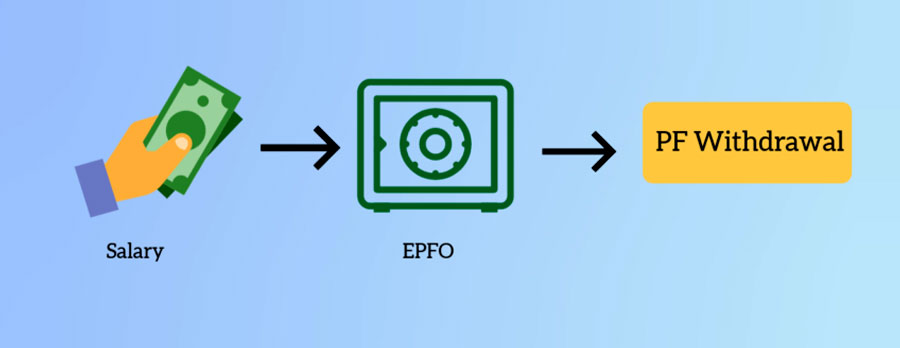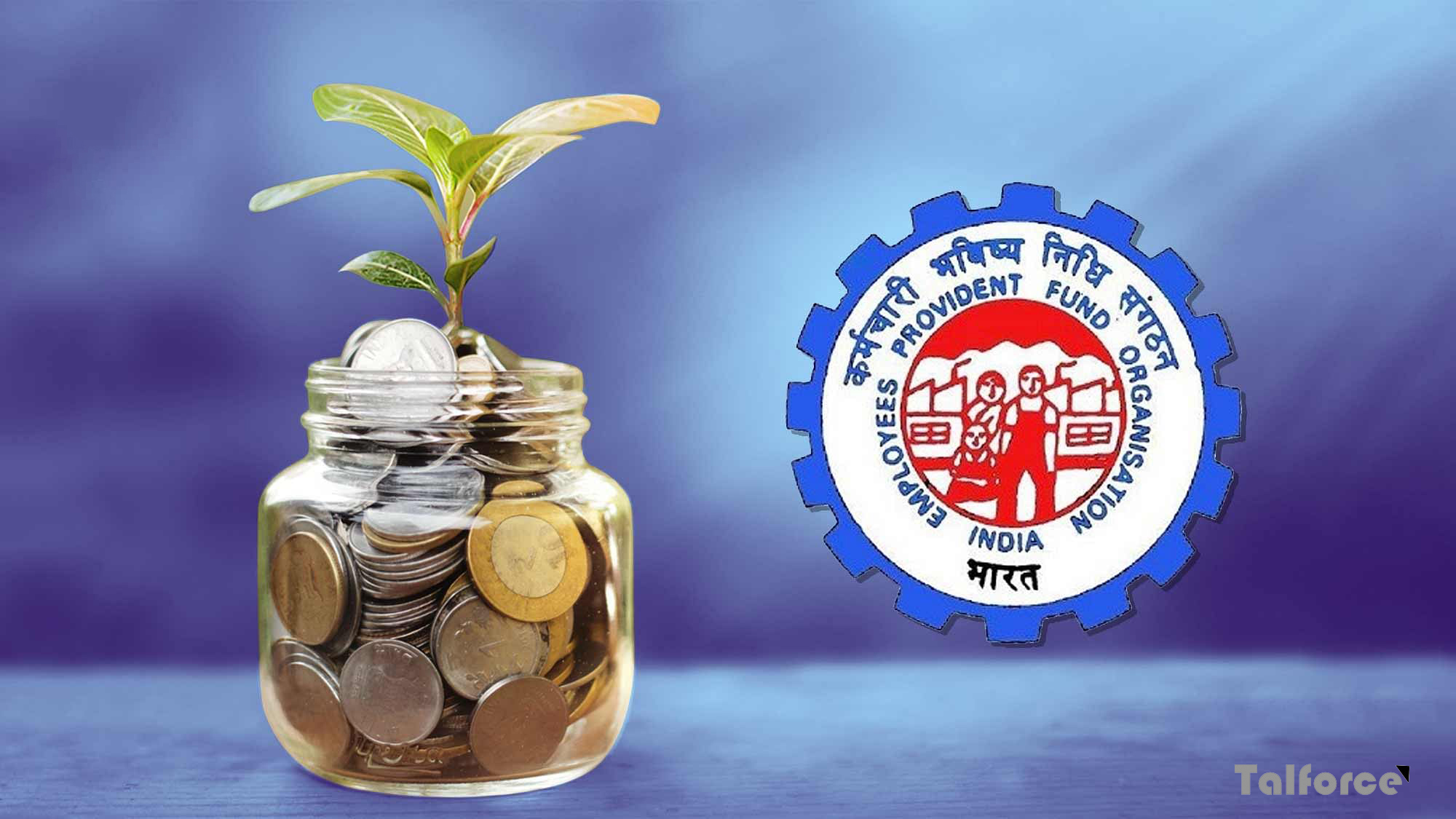Employees’ Provident Fund (EPF) is a popular retirement savings scheme for all employees in India, whether on a mandatory or voluntary basis. It is administered by the Employees’ Provident Fund Organisation (EPFO), a statutory body. The EPFO periodically reviews the PF withdrawal rules to streamline the process and enhance the experience for its millions of subscribers. The online PF withdrawal process typically takes up to 3 working days, while the offline process may take up to 20 working days. Let’s now explore the withdrawal rules for 2023.
EPF or the Employees’ Provident Fund is basically a government scheme introduced with the idea of promoting savings among the working individuals. The EPF aims to build a retirement corpus for all the employees as a reward for their hard work and dedication for their jobs.
Eligibility for PF Withdrawal:
- Employees are eligible to withdraw their PF amount upon retirement (usually after reaching the age of 58).
- Employees who have been unemployed for a continuous period of two months or more can also withdraw their PF.
- In case of the demise of the employee, their nominees or legal heirs can claim the PF amount.
Types of Provident Fund Withdrawal:
- Full Withdrawal: Upon retirement, an employee can withdraw the entire accumulated PF amount.
- Partial Withdrawal: In certain specific cases, an employee can make a partial withdrawal from their PF account before retirement. These cases include medical emergencies, marriage, education, home purchase, repayment of home loan, etc. The amount and conditions for partial withdrawal vary depending on the specific circumstances and the rules of the Employees’ Provident Fund Organization (EPFO).
Documents Required for PF Withdrawal:
- Application Form: A duly filled and signed PF withdrawal form is required. The specific form may vary based on the reason for withdrawal (e.g., Form 19 for full withdrawal, Form 31 for partial withdrawal).
- Identity Proof: Documents such as Aadhaar card, PAN card, passport, or voter ID can be used for identity verification.
- Address Proof: Documents like Aadhaar card, passport, voter ID, driving license, or utility bills can be submitted as address proof.
- Bank Account Details: You may need to provide your bank account details, including the account number and IFSC code, to receive the PF amount.
EPF Withdrawal Rules 2023: If you plan to withdraw a portion of your PF corpus, it’s important to understand the following rules:
- Employment Status: You cannot withdraw your PF funds, whether in full or partially, while you are still employed.
- Unemployment Duration: If you are unemployed for at least one month, you can withdraw up to 75% of your PF funds. If your unemployment period extends to two months or more, you can withdraw the remaining balance as well.
- TDS on Early Withdrawal: If you withdraw ₹50,000 or more from your EPF account within 5 years of opening it, the withdrawal will attract a TDS (Tax Deducted at Source) of 10% (if you have a valid PAN card in India) or 30% (if you don’t have a PAN card).
- TDS Exemption: You can avoid TDS deduction by submitting Form 15H or Form 15G, provided you meet the eligibility criteria.
- Loan Against PF: Depending on the number of years in continuous service, you may be eligible to avail a loan against your PF savings.
- PF Account Transfer: When changing jobs, you do not need to withdraw the balance from your old PF account and transfer it to the new one. Instead, you can transfer the funds, provided your Universal Account Number (UAN) is active and you have submitted the required forms.
- Full PF Withdrawal: If you have been unemployed for at least 2 months or if the joining date for your new job is more than 2 months after your last working day at your previous organization, you can withdraw your entire PF balance.
It’s important to note that these are general guidelines, and the actual process and required documents may vary based on your country’s specific regulations and the policies of the EPFO or other relevant authorities. To obtain accurate and up-to-date information, it is recommended to visit the official website of the EPFO or consult with your employer or a legal professional.
TalForce Services Pvt. Ltd. has been helping businesses like yours with payroll outsourcing for 20+ years. We’re experts in payroll management, payroll-related statutory compliances, and employee leave and attendance management systems. We have innovative tools to consolidate and integrate your data into one unified platform.
Tell Us: +91 9871699549+91 9650491629
Drop us a line: contact@talf

